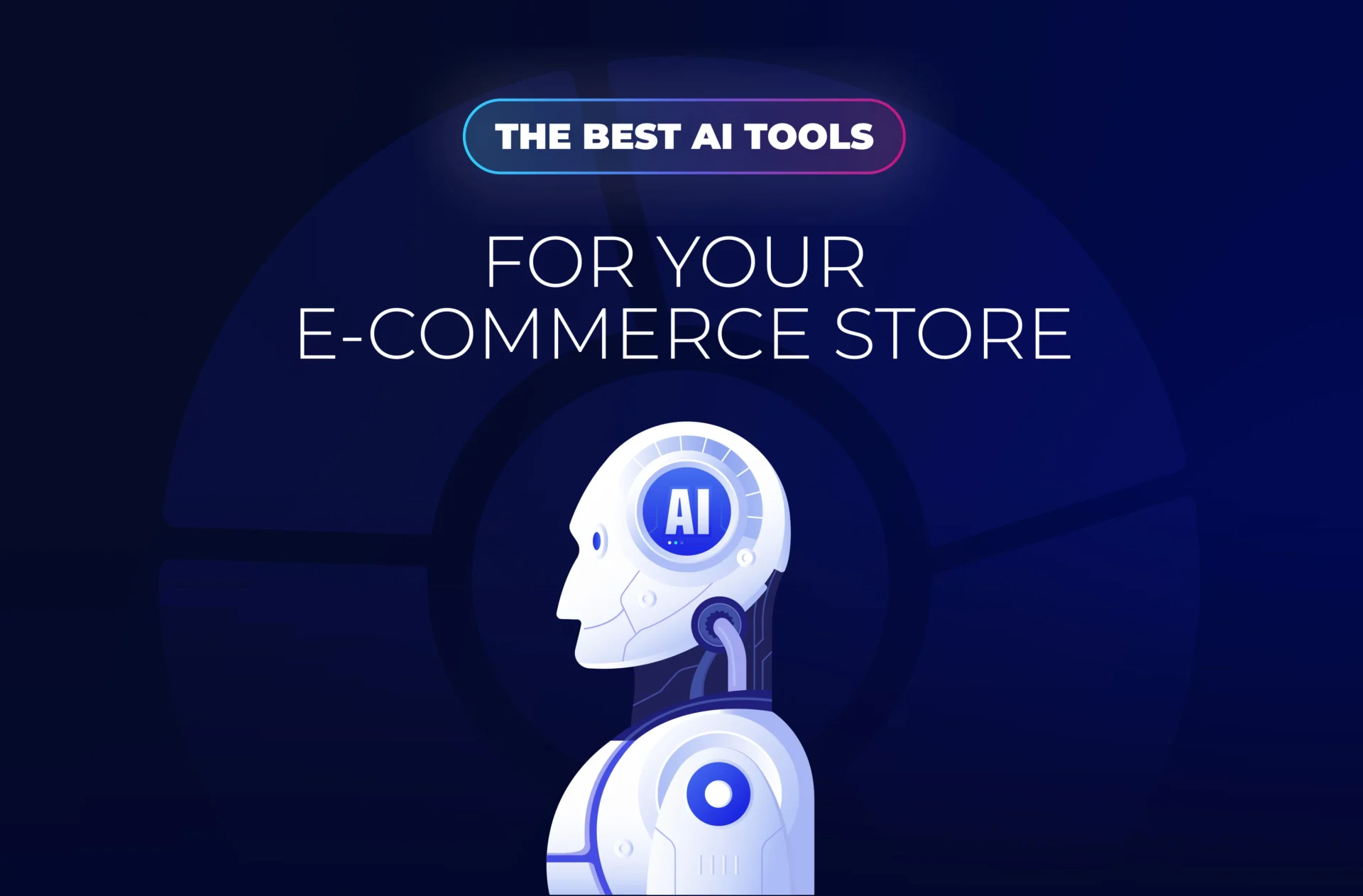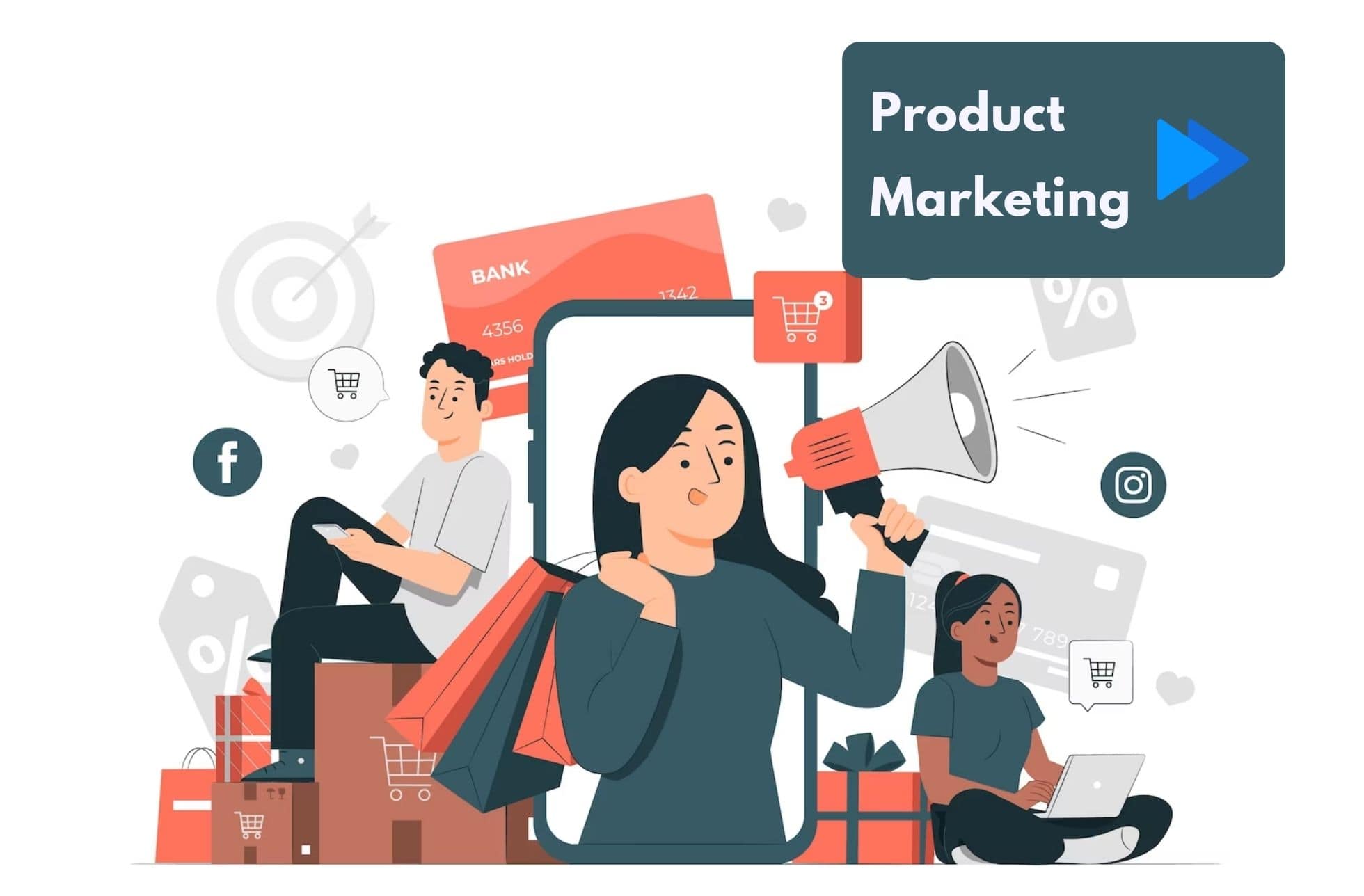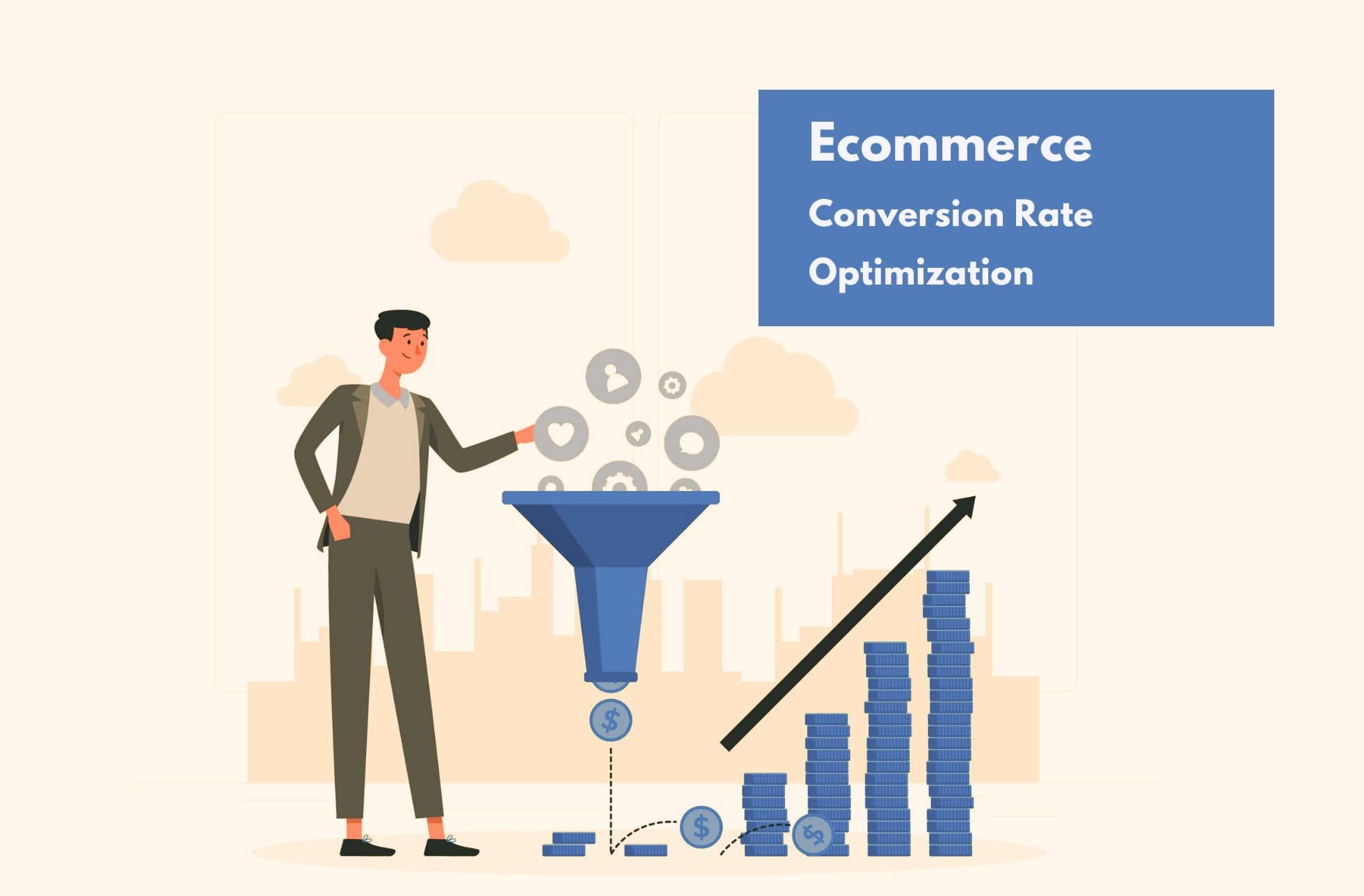For every dollar companies invest in AdWords (Google Ads since June 2018), they receive an average of $2 in revenue.
This data, provided by Google, demonstrate the potential of this marketing platform.
But the effectiveness of Google Ads is only apparent. It all depends on how you use your tools. Some companies underestimate the importance of having an AdWords strategy for e-commerce.
However, this is a big mistake. They will never get the most out of their budget if they don’t work with an established, proven plan.
Advertising companies that achieve consistent results in AdWords are not considering abandoning it.
In fact, more than 7 out of 10 companies (72%) are increasing their AdWords budgets year after year, according to Search Engine Watch.
Still don’t know how to design an AdWords strategy for e-commerce from scratch? In the following lines you will find a step by step that will help you to achieve it. You can’t miss it!
5 steps to create an AdWords strategy for e-commerce
All the ecommerces who start their ‘adventure’ in AdWords share the same fear: ROI.
Investing a lot and recovering little is a terrifying scenario for any company. But there is a sure way to avoid it: to know and use AdWord correctly.
Next, you will learn how to configure AdWords for e-commerce, through a series of very simple steps. Will you join us?
Step 1: Set specific goals and objectives
Planning is the first step to designing a good AdWords strategy for e-commerce.
Through the establishment of specific goals and objectives, companies can navigate towards a certain direction. Before starting, they should ask themselves: what do we want to achieve with our PPC campaign (goal) and how will we achieve it (goals)?
But what are we talking about when we talk about specific goals? Increasing sales is an abstract objective.
On the other hand, achieving a certain number of mobile user conversions would be a more specific and measurable goal.
Step 2: Make an optimal segmentation of your target customers
Another definition for this second step is the need to know the person buyer. To know him very, very precisely.
We are not only talking about demographic data: is he young, is he a woman, what is his marital status, is he a student, does he have a job, etc?
To correctly segment a PPC campaign, we need to ask more specific questions.
For example, does the customer make local or global purchases, does he use mobile devices to do so or is it a desktop consumer, does he value quality over price, is he demanding on delivery times, etc.?
These types of questions allow us to effectively define the person buyer.
Step 3: Don’t underestimate the importance of keyword research
With the definition of the buyer person, the next step is the investigation of the keywords.
These words will occupy a prominent place in the PPC campaign. The importance of keyword research is often underestimated.
The best way to defend it is to show what happens when the wrong keywords are chosen:
- Click rates are reduced, as the campaign will position keywords that are not searched for by target customers.
- Conversion rates will also be low. The keywords do not correspond to the products or services sought by users, who leave without buying.
- The ROI is below expectations. Fewer clicks means fewer sales opportunities, and fewer sales opportunities means fewer conversions.
Step 4: Use landing pages adapted to your campaigns
Having clarified the importance of keyword research, we are ready to take the next step: redirect customers to landing pages.
We should never send users to generic product categories or tabs. This bad practice will limit conversion rates, which will hurt the ROI of our campaign.
But in addition, the landing pages used must be adapted to buyer person. For example, if we are targeting a mobile consumer, our landing pages must be optimized for mobile devices and tablets.
If the customer usually makes local purchases, it would be a good idea to implement a Google Map script that shows the geographic location of our business.
Step 5: Measure and correct, measure and correct
Last but not least, we must measure the results and correct the mistakes made. Then we will repeat this step over and over again. Why? Because perfection should have no limits for the best e-commerce.
In particular, the analysis of the results should focus on key metrics, such as impressions, click rate, conversion rate, ROI or the Quality Score, among others.
But what are the best payment strategies in AdWords?
Although there is no perfect strategy to succeed in AdWords, e-commerce have a number of proven techniques at their disposal.
In the following lines you will discover two of the most interesting strategies:
- Segmentation based on product IDs: This strategy highlights the importance of segmenting products and promoting them individually. In this way, better results are obtained.
Most e-commerce dipsonen an extensive catalogue. However, sometimes it is convenient to emphasize certain products because they are seasonal or because they are new.
In this case, Google Ads allows you to use the product ID for a more personalized campaign.
- Implement a countdown to encourage impulse buying: this is another of the most effective AdWords payment strategies. During Cyber Monday, Black Friday and other similar holidays, creating a sense of urgency can be useful in stimulating the purchase of products.
Google Ads has a very interesting feature: displaying a countdown in the ads – its impact on click rates is incredible!
However, there are endless AdWords strategies for e-commerce. Campaigns with real-time updates, dynamic ads and other techniques have also proven to be effective.
What are you waiting for to test them and achieve your business goals with the help of Google Ads!




